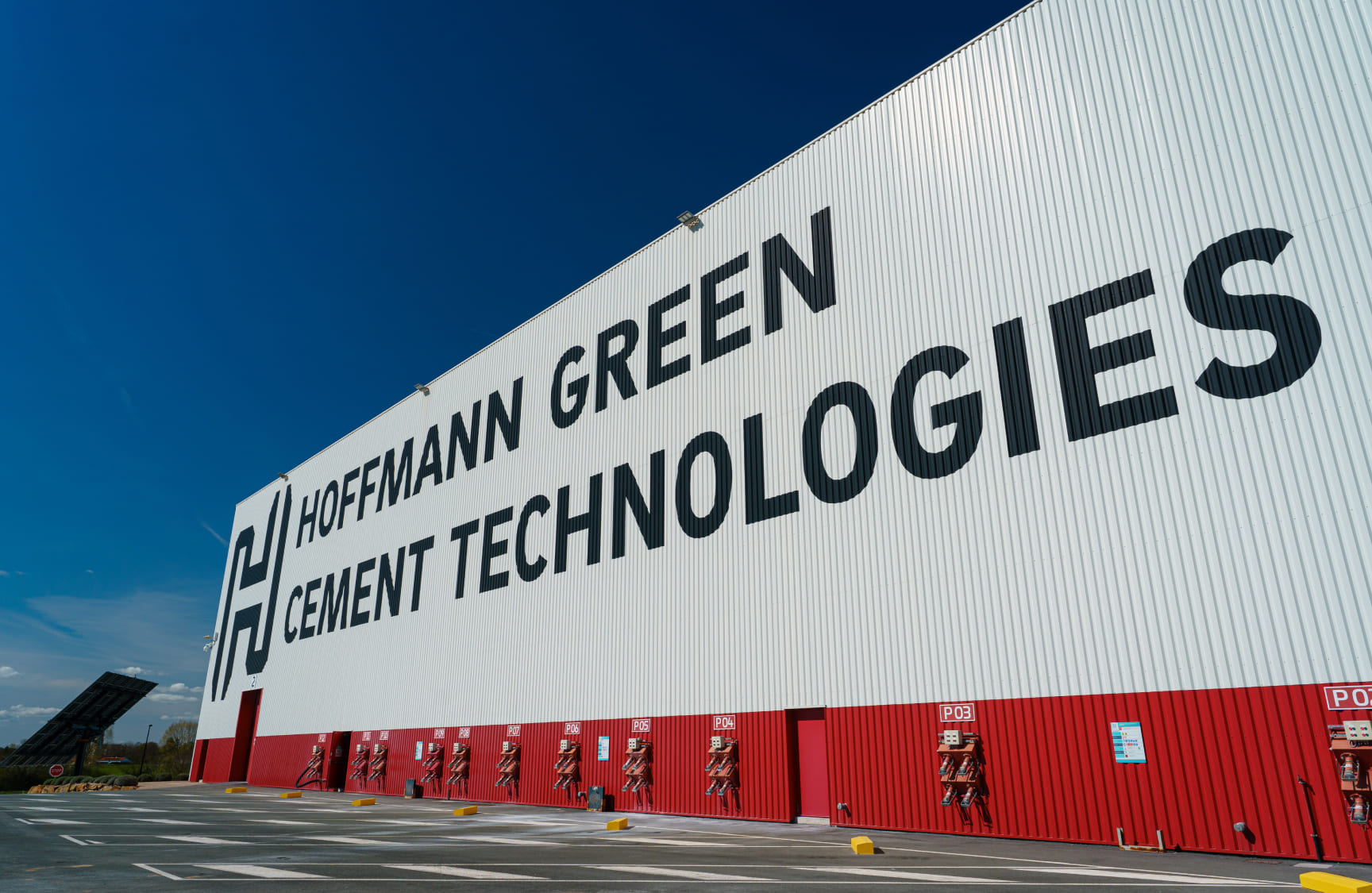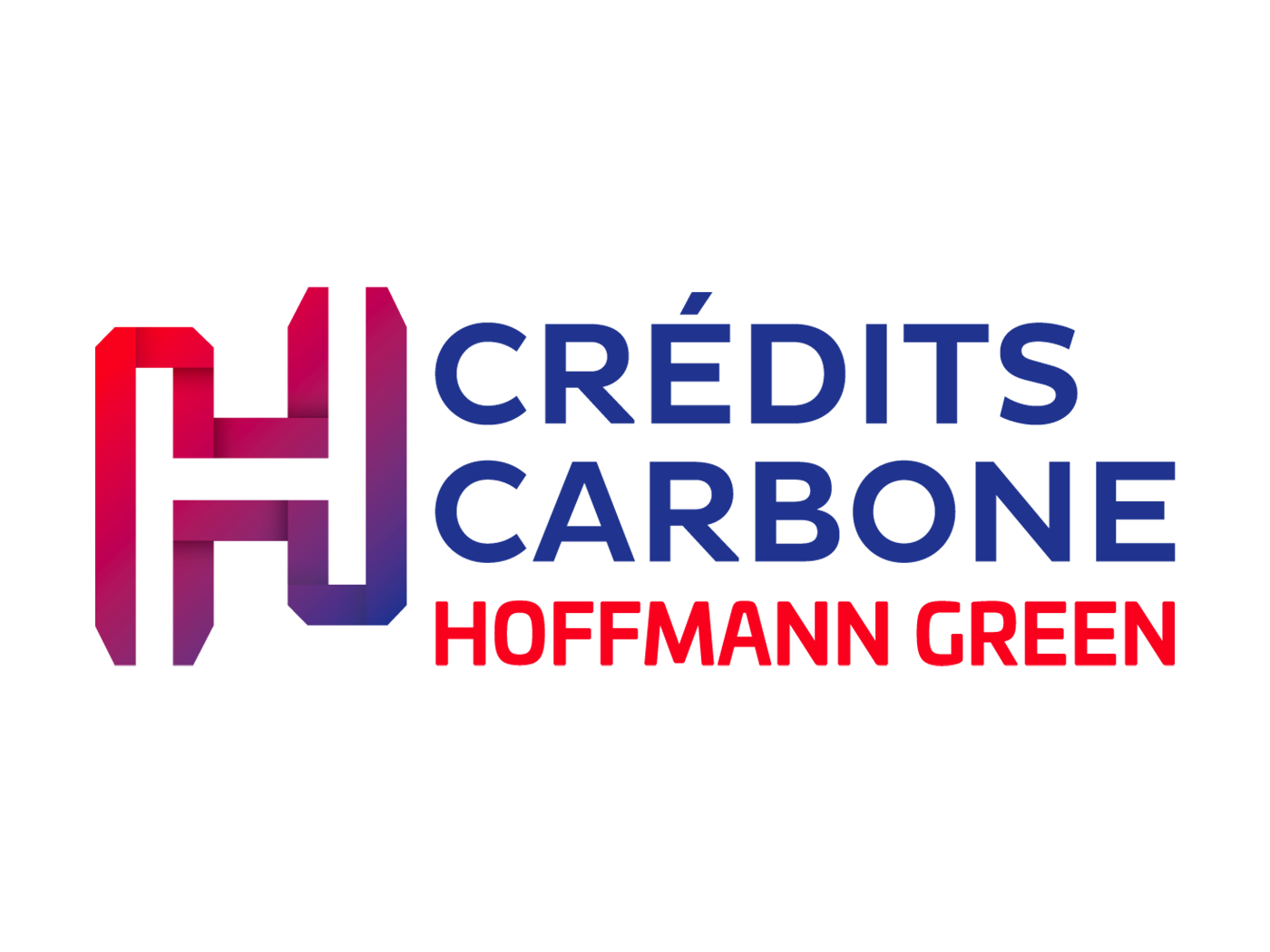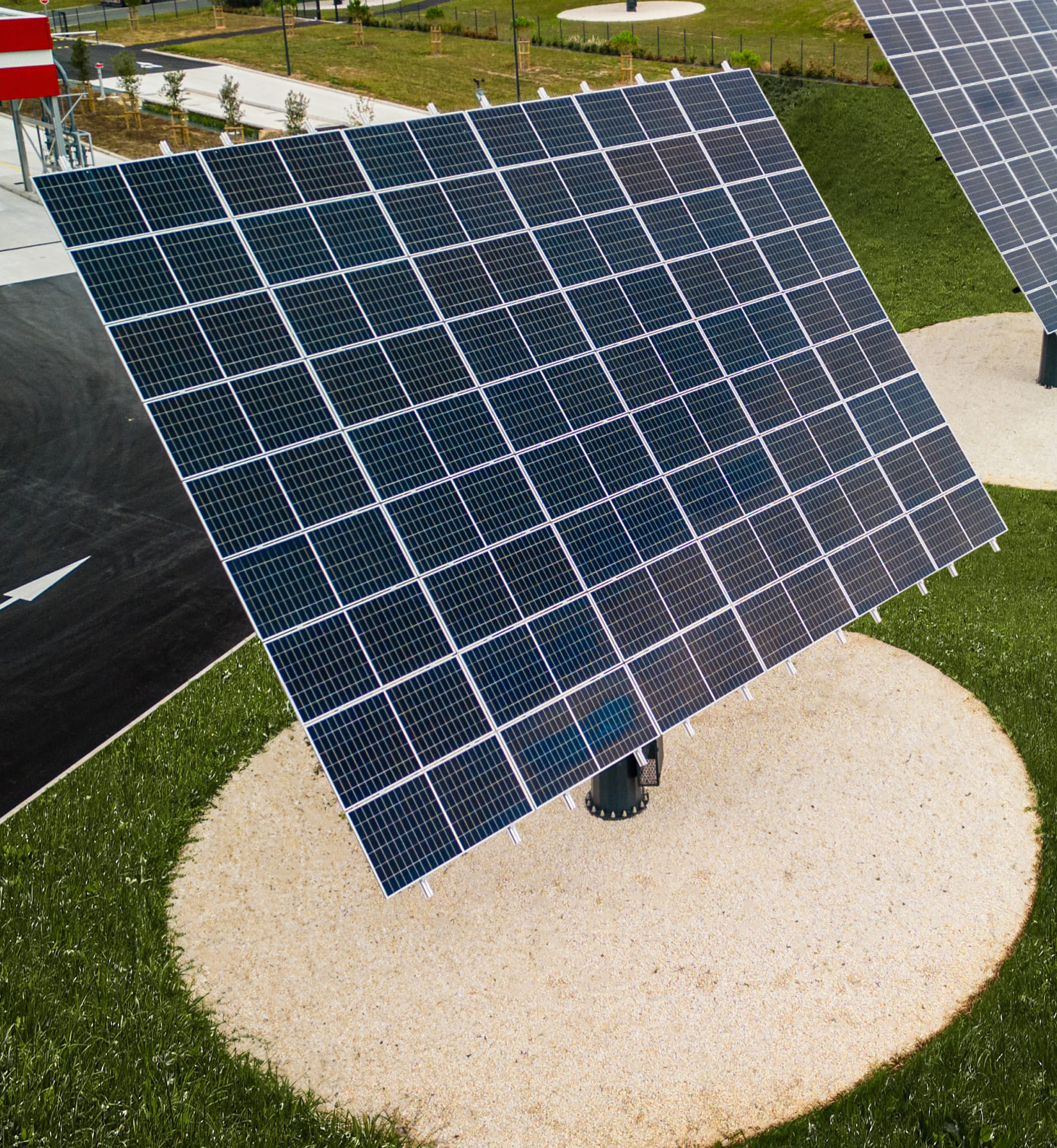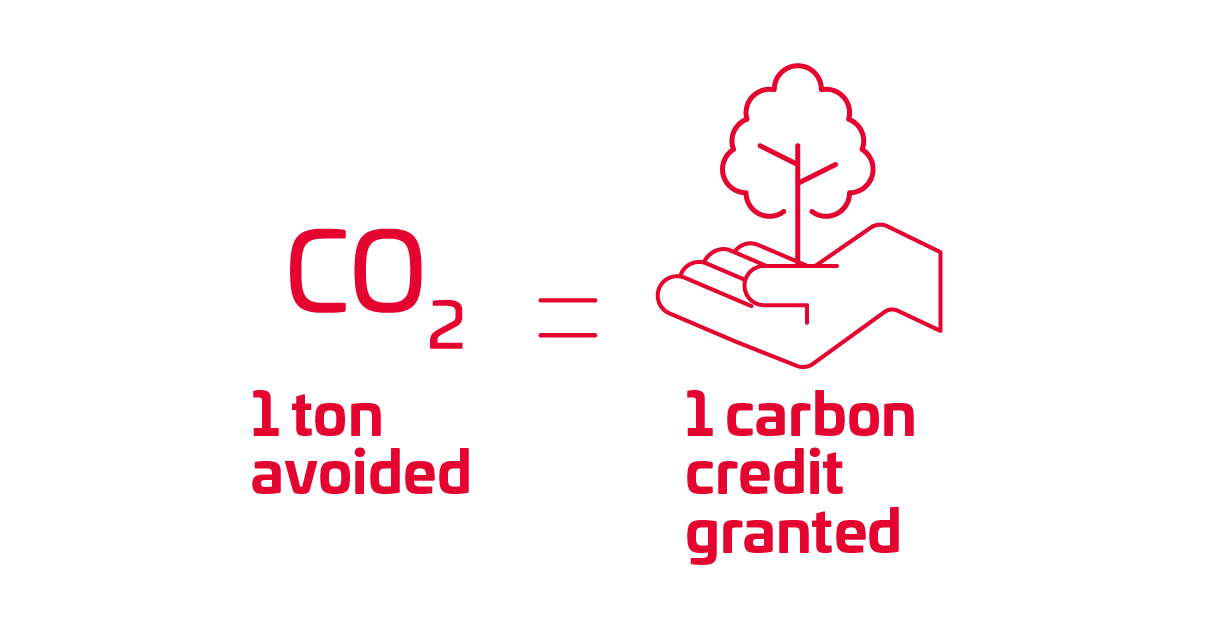

Objective: carbon neutrality
To limit global warming to below 2°C and comply with the Paris Agreements, we need to achieve a balance between global CO₂ emissions and global CO₂ absorptions by 2050 at the latest. This balance is called carbon neutrality, or “zero net emissions”.
A carbon credit is a financial tool for offsetting emissions of carbon dioxide (CO₂) or other greenhouse gases (GHGs). It represents one ton of CO₂ or equivalent that has been reduced, avoided or sequestered thanks to an innovative industry such as Hoffmann Green Cement Technologies.
Solutions for carbon neutrality
To achieve this goal, companies must maximize their contribution to reducing emissions and increasing global sinks, by acting on three levers simultaneously:
- reduce their direct and indirect footprint,
- participate in the global reduction of CO₂ emissions, through the sale of decarbonized products and services, and the financing of avoidance projects outside the value chain,
- removing carbon from the atmosphere through sinks within and outside their value chain.
By purchasing Hoffmann Green carbon credits, you contribute :
- to the reindustrialization of France,
- to the development of a vertical factory model that radically reduces the footprint of production activities, making them less invasive and reducing land artificialisation,
- to the development of an environmentally-friendly industry (zero waste, no water consumption, solar tracker park),
- to the creation of local jobs,
- to rural and circular economy,
- to the preservation of natural spaces and resources,
- to decarbonizing the construction sector.


The carbon contribution also helps finance the development of even lower-emission products, such as H-EVA, a low-carbon clay-based cement that uses no slag.
Hoffmann Green’s carbon credits are certified by Inuk, our partner for the valuation of carbon credits.

The best CO₂ is the one we don’t produce!

Participate actively in the energy transition.
To limit warming to below 2°C, and comply with the Paris Agreements, we need to achieve a balance between global CO₂ emissions and global CO₂ absorptions by 2050 at the latest. This balance is called carbon neutrality, or “zero net emissions”.
Carbon credits are units that are allocated to the project developer who reduces greenhouse gas emissions. They can then be sold to finance the project. One carbon credit represents a reduction of one tonne of CO₂.